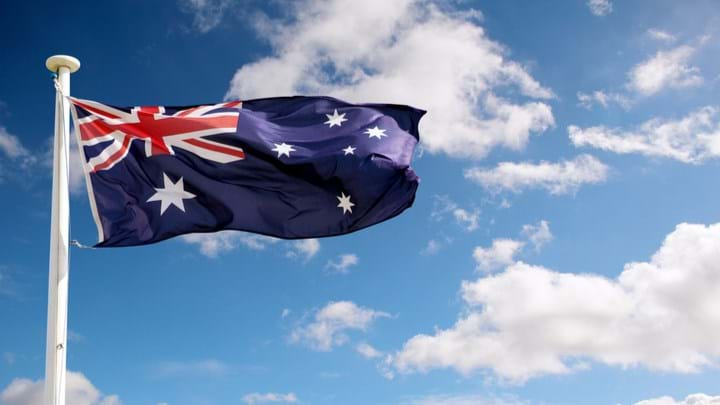Narrabri project receives environmental approval

SANTOS’ controversial A$3.6bn (US$2.64bn) Narrabri gas project has received environmental approval from the Australian Government, subject to conditions aimed at protecting regional biodiversity, groundwater, and local communities.
In September, the Australian energy company received conditional approval for the project from the New South Wales (NSW) Independent Planning Commission (IPC) despite widespread opposition from the public, and the potential for adverse environmental impacts. The approval was given subject to 134 conditions designed to protect the environment.
Sussan Ley, Federal Minister for the Environment, has now given the project approval under Australia’s Environmental Protection and Biodiversity Conservation (EPBC) Act, the nation’s central piece of environmental legislation. The approval follows review of the NSW assessment and is subject to conditions under the EPBC Act, including the strict conditions on clearing limits, impact mitigation, and rehabilitation which the NSW IPC imposed.
The impacts on groundwater have been highlighted by opposition to the project. Approval conditions to protect water resources include:
- an early warning system that includes ongoing bore-monitoring and modelling to identify potential impacts on groundwater aquifers before they occur;
- binding protocols to identify corrective actions and cease-work provisions at gas wells where groundwater exceedance is predicted; and
- robust chemical risk assessment framework to protect the environment and water resources during coal seam gas operations (no fracking is required or proposed for gas extraction
Ley said: “I am satisfied that the conditions, and the staged nature of work in the area, will safeguard the biodiversity of the Pilliga Forest.”
“My approval has also been informed by advice from the Commonwealth Independent Expert Scientific Committee on Coal Seam Gas and Large Coal Mining Development to ensure the ongoing protection of precious water resources.”
Santos welcomed the approval and accepted the conditions. The company will now undertake a 12–18-month appraisal programme ahead of a final investment decision for the next phase of project development.
Narrabri is expected to deliver 100% domestic gas to NSW, offering the lowest-cost source of gas in the region. The project would provide clean energy to 1m homes, 33,000 businesses, and the 300,000 jobs in NSW that rely on natural gas. During construction it is expected to provide up to 1,300 jobs, and up to 200 direct and indirect jobs during operations.
According to Santos CEO Kevin Gallagher, appraisal wells are already feeding into Wilga Park Power Station, powering the equivalent of 32,000 households in northwest NSW.
Gallagher said: “As the economy recovers from Covid-19, game-changing projects like Narrabri are critical to creating jobs, driving investment, turbo-charging regional development and delivering more competitive energy prices.”
“This is a significant step forward for the Narrabri community, a majority of whom support the project and the jobs, business opportunities, infrastructure and community investment that will come with it.”
Campaigning group Lock the Gate Alliance continues to oppose the “destructive” project.
Local farmer Scott McCalman, said: “The debilitating impacts of climate change on food producers in Australia have been felt for at least the past 20 years and are increasing in severity, yet politicians want to blast more emissions into the atmosphere with this polluting gasfield.”
“It is frankly disgusting that state and federal governments would just write off 23,000 submissions against this destructive gasfield and ignore the science that shows it will threaten our groundwater.”
Naomi Hogan, Lock the Gate Alliance NSW coordinator, argued that renewable energy will have supplanted gas by the time Santos gets around to building the gasfield.
She added: “Renewable energy is the cheapest, most efficient, and cleanest way for people to power their homes and businesses. Gas, particularly expensive and polluting coal seam gas like that at Narrabri is not wanted or needed.
“This is a political approval, but Santos won’t be able to build this gasfield in the face of ongoing community resistance and they won’t be able to build it without securing the funds.
“It’s easier to pull the wool over the eyes of politicians than it will be for Santos to convince investors to burn their money on this polluting gasfield.”
Recent Editions
Catch up on the latest news, views and jobs from The Chemical Engineer. Below are the four latest issues. View a wider selection of the archive from within the Magazine section of this site.




